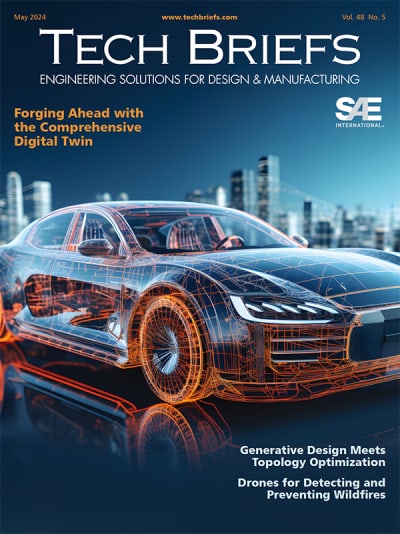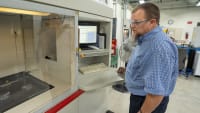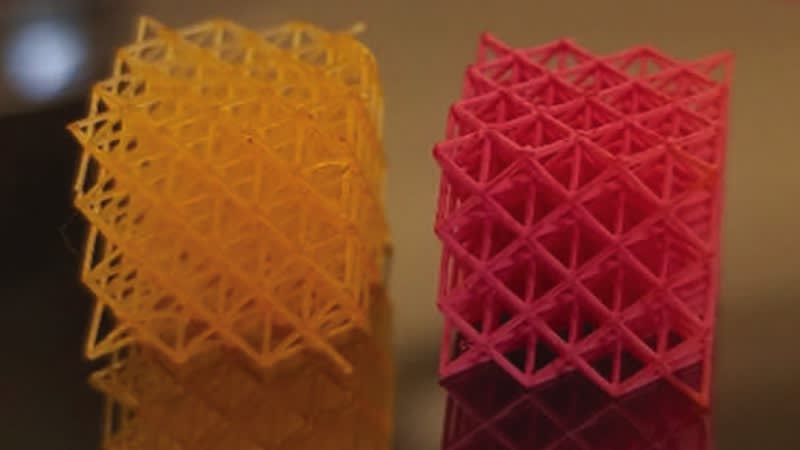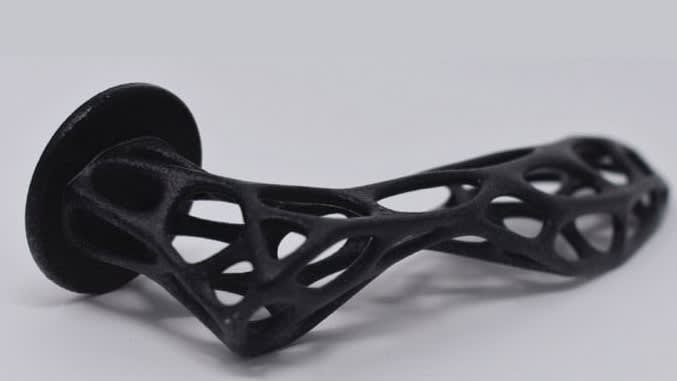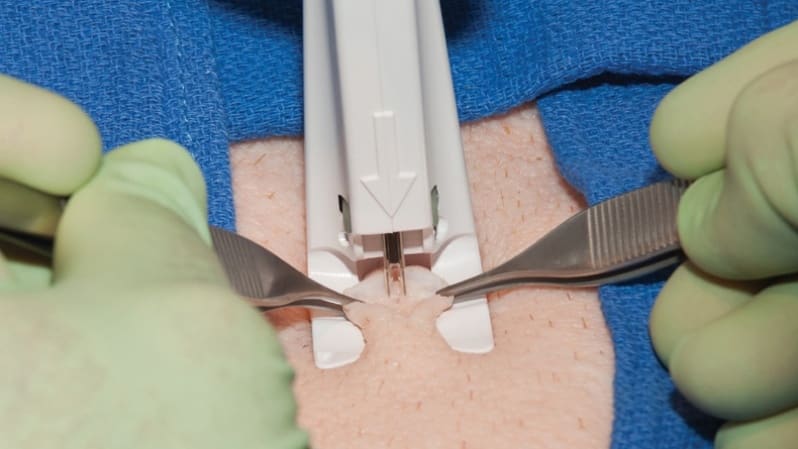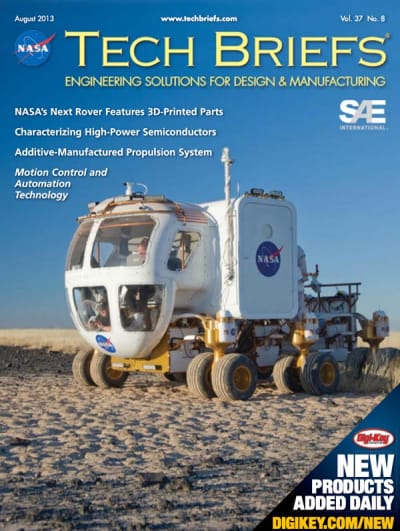The Desert RATS (Research and Technology Studies) Space Exploration Rover has roamed the Arizona desert, maneuvering the terrain as the wind and temperatures swing from one extreme to another. NASA astronauts and engineers are test-driving the vehicle over rocks, sand, and hills in an environment that simulates Mars’ brutal conditions.
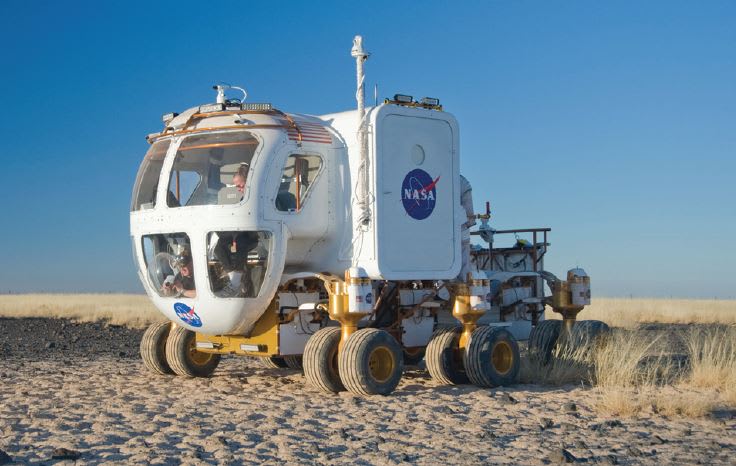
The NASA team used 3D printing to build this next-generation rover capable of supporting human life on asteroids and Mars. The 12-wheel, 6-axle vehicle — about the size of a Hummer — has a pressurized cabin and observation bubble, and can accommodate a pair of astronauts as they study extraterrestrial surfaces. A forward-jutting cockpit can tilt down to place its observation bubble low to the ground.
About 70 parts on the rover were built digitally, directly from computer designs, in the heated chamber of a production-grade Stratasys 3D printer. Printed parts include flame-retardant vents, camera mounts, pod doors, a large part that functions as a front bumper, and many custom fixtures. The process, called Fused Deposition Modeling (FDM) technology or additive manufacturing, creates complex shapes durable enough for Martian terrain. One ear-shaped exterior housing is deep and contorted, for example, and would be difficult to build without the 3D printing process. For its 3D-printed parts, NASA uses ABS, PCABS, and polycarbonate materials.
NASA engineers also 3D-printed prototypes to test form, fit, and function of parts that they will eventually build in other materials. By solving challenges before committing to expensive tooling, the printing process ensures machined parts are based on the best possible design.
3D printer
Stratasys
Eden Prairie, MN
800-937-3010
www.stratasys.com
For Free Info Click Here
